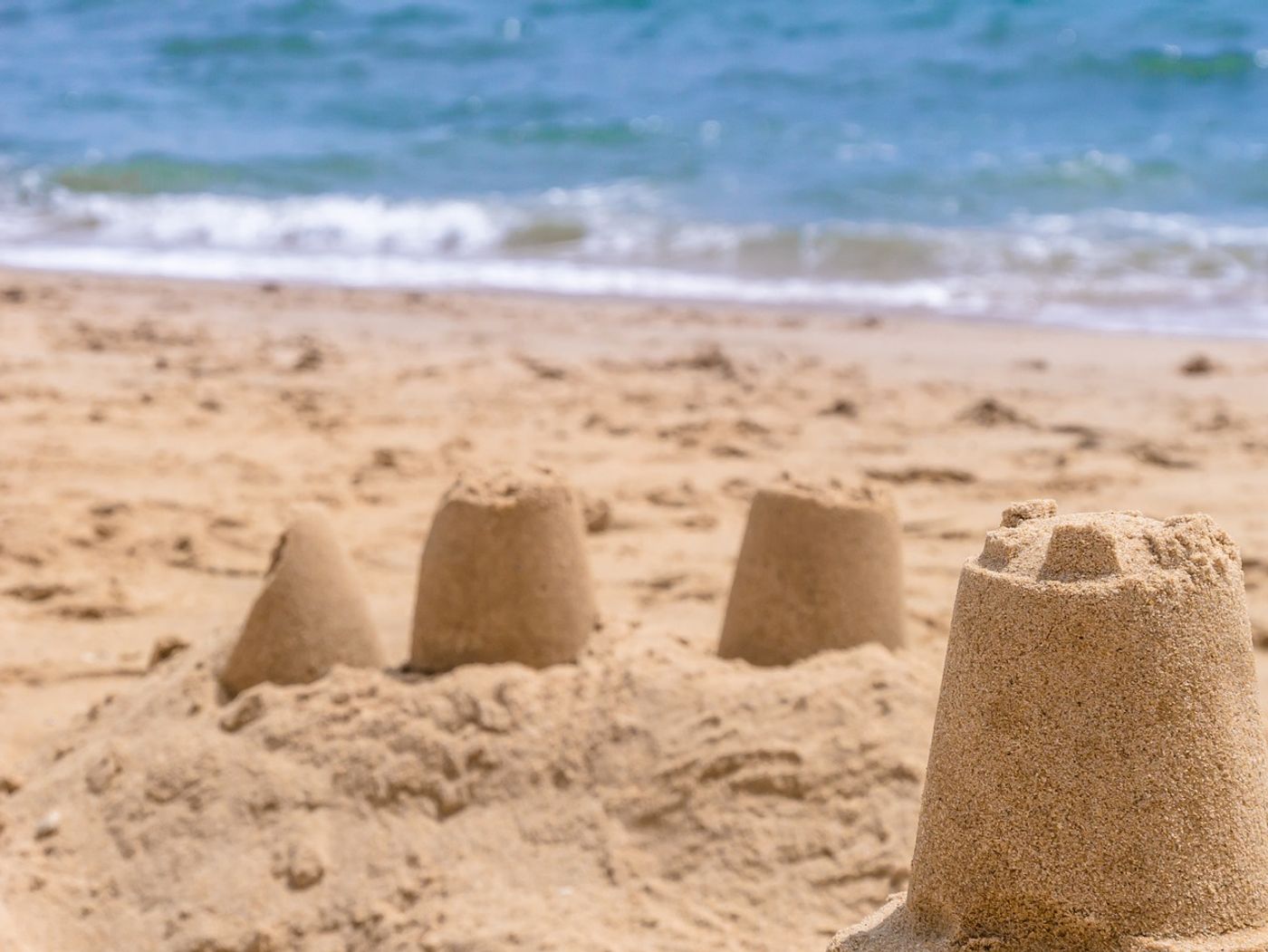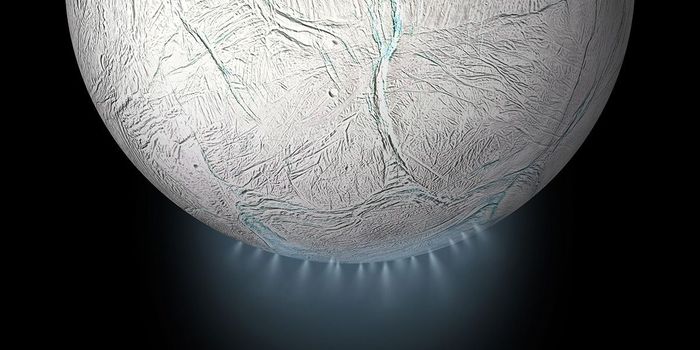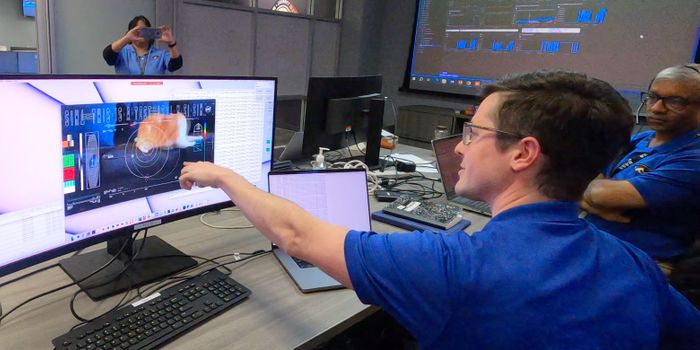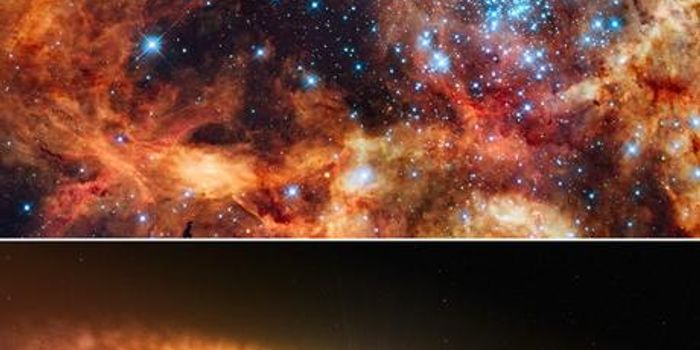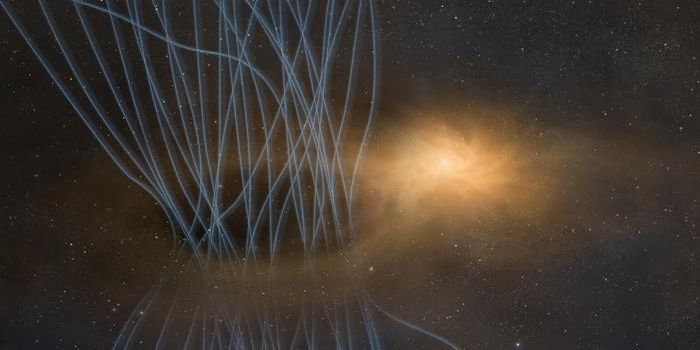Static Electricity Makes Titan's Sand Grains Cling Together
Orbiting Saturn is a moon known as Titan, which is of high interest to scientists because it’s one of the few places in the Solar System that’s believed to harbor a sub-surface ocean, just like Enceladus. Because we’ve spent so much time trying to study the moon, we now know a bit about the sands on its surface, which experts say exhibit signs of static electricity. The findings appear in the journal Nature Geoscience.
As the sand grains rub against each other when blown around by the moon’s winds, it’s believed that static electricity causes them to cling together. This would explain why the dunes seem to be able to face against the East-to-West wind forces the moon exhibits without being blown apart.
Image Credit: Nese/Pixabay
Similar forces are exhibited here on Earth when dealing with a box full of packing peanuts or when rubbing a balloon against your hair. If you’ve ever noticed, pulling an item out of a box of packing peanuts usually yields to several packing peanuts clinging to the box, just as rubbing a balloon to your hair causes your hair to stick to the balloon; both are examples of static cling.
To test the theory that static cling is responsible for the somewhat unexplained dune formations on Titan, which theoretically shouldn’t even exist due to the windy forces acting against them, scientists tested particles of two hydrocarbons – biphenyl and naphthalene – inside of a modified pressure vessel.
Both of these hydrocarbons have been identified on Titan’s surface, so they would theoretically exhibit properties similar to the sands on the surface of Saturn’s moon.
Without much surprise, after 20 minutes of movement, there was enough static cling that the particles were sticking to the sides of the testing chamber.
It’s worth noting that scientists weren’t able to get the same result with Earthly sands or with dirt or volcanic ash. This would suggest that Titan has a completely different surface material altogether with a different chemical composition.
"If you grabbed piles of grains and built a sand castle on Titan, it would perhaps stay together for weeks due to their electrostatic properties," said Josef Dufek, the Georgia Tech professor who co-led the study. "Any spacecraft that lands in regions of granular material on Titan is going to have a tough time staying clean. Think of putting a cat in a box of packing peanuts."
Adding to the unique features that Titan exhibits, the moon has very little gravity, which means there are even fewer forces acting on the sand dunes on Titan than there are the sand dunes on Earth, so the static cling along with reduce gravity actually work together to allow the sand to clump together and climb to new heights, even when wind tries to blow it all down.
"Titan's extreme physical environment requires scientists to think differently about what we've learned of Earth's granular dynamics," Dufek continued. "Landforms are influenced by forces that aren't intuitive to us because those forces aren't so important on Earth. Titan is a strange, electrostatically sticky world."
Source: Popular Science
